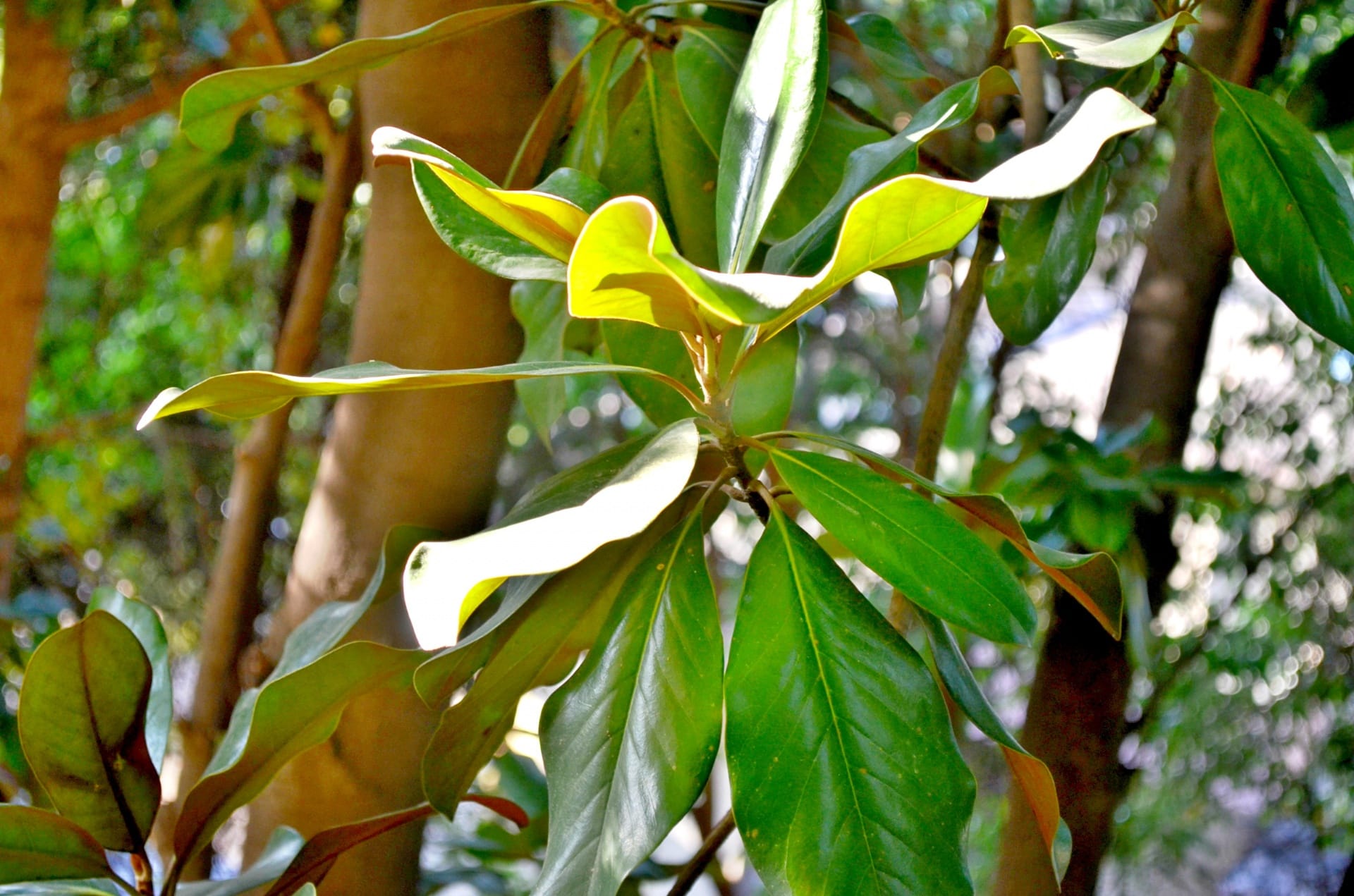Printed Circuit Boards Made from Leaves and Pill Coating
Researchers have invented printed circuit boards made from leaves of magnolia trees.

That statement is a gross oversimplification, but leaves are the heart of a new development that could go a long way to solving the e-waste problem. Every electronic device we use, such as a smartphone, has at least one printed circuit board (PCB) in it. A PCB is the foundation on which are mounted the computer processing chips, the memory, the battery, and the display.
The PCB usually consists of a substrate of some kind of multi-layered epoxy-fibreglass composite, with copper traces to connect all the soldered-on components. The combined unit contains valuable materials like copper, gold, and rare-earth metals, which should be recovered at the end of the device’s life.
The substrate currently has no recycling value but comprises between 20-60% of the mass of the PCB. There are no simple ways of removing components from discarded PCBs, so the majority (over 80%) end up in landfills, while often the remainder are burned to recover the metals, creating toxic effluent.
Previous efforts to develop PCBs using synthetic biodegradable polymers were expensive and tricky to make. A team of researchers at the Dresden University of Technology realized a naturally-occurring substance found in trees might work. Wood has marvelous structural properties due to its combination of hemi-cellulose and cellulose “fibres” and lignin “glue” that binds them together.
The skeletal veins of tree leaves are also composed of cellulose and lignin and have similar strength. The Dresden team developed a process to strip away everything from the leaves but the veins, which then serve as a scaffold to hold a naturally occurring biopolymer, ethyl cellulose (familiar to us as a coating on vitamin and medicine pills). The resultant composite is stiff, strong and waterproof enough to serve as a PCB, and is stable at the temperatures needed to attach electronic components.
The research team also calculated the total carbon footprint of this new process. It is a factor of three better than other paper-based alternatives that have been proposed, and a factor of twenty better than traditional epoxy-glass composites.
This is an important step along the road towards bringing electronics into a circular economy.
Reading
Nair, Rakesh R., Jakob Wolansky, Kai Uhlig, Ali Solgi, Laura Teuerle, Tianyi Zhang, Jonas Schröder, et al. “Leaftronics: Natural Lignocellulose Scaffolds for Sustainable Electronics.” Science Advances 10, no. 45 (November 8, 2024): eadq3276. https://doi.org/10.1126/sciadv.adq3276.